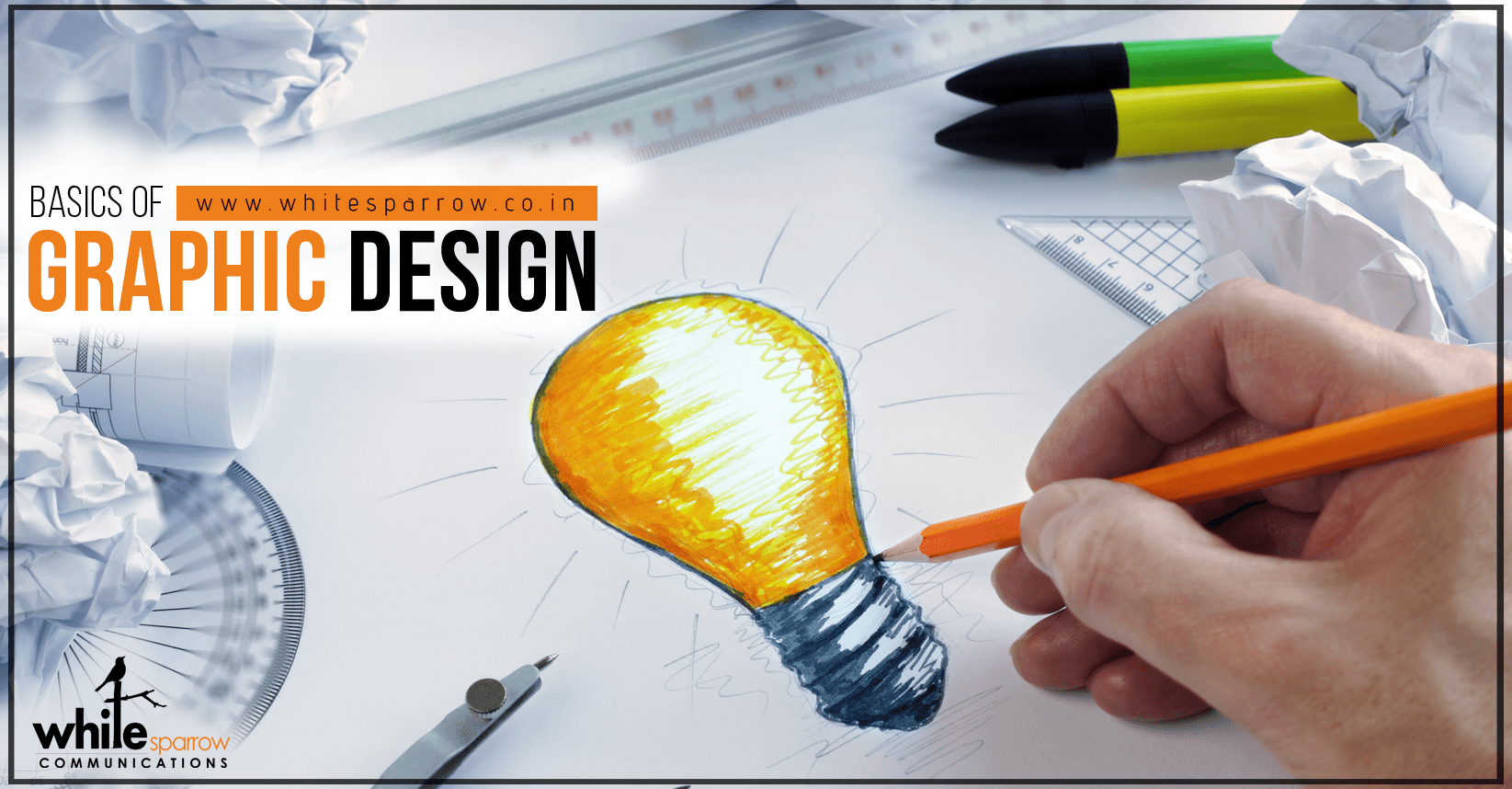Blog March 11, 2016
Fundamental Principles of Graphic Design

With the integration of technology and art, the ability to create, customize and publish designs has improved. The comfort and flexibility to design has made it possible to accomplish the unimaginable. Graphic design, an essential part of the modern day era is being widely accepted as the new gen mode of communication. When targeting the masses, companies focus on the design because a catchy design can make a huge impact. But, with the development of the graphic design industry and increasing competition, it is important to understand that there are certain ground rules and principle which need to kept in mind even when your creativity is paving its way towards the creation of a beautiful object. The success or failure of a design relies on the application of these principles and how the improvisations have been done by the designer keeping in mind the basics. So, let’s take a look at these principles:
1. Balance: One of the most important aspects of a graphic design is the balance which it needs to maintain in the structural design. A symmetrical approach is usually taken while creating designs since nobody wants to create a design which does not have a symmetrical outlook. Designs need to maintain a visual equilibrium which needs identical figures around the axis or a radial outlook.
2. Hierarchy: Another important technical aspect of graphic design includes a hierarchal approach using which the components are usually arranged in a tree or nest pattern with detailed trunk, branches and sub branches. Nests should be used to show relational connections. Using such structure while designing make data management and processing easier, hence, giving the design an authentic and attractive look.
3. Unity/Harmony: Giving the design a harmonious look makes it more attractive. Unlike a scattered display of elements, following a pattern and keeping in mind several factors such as proximity between them, ability to reuse similar looking elements, creating a continuous display of components or a specifically designed pattern contribute towards the success of a design. Organizing elements in a neat and clean way, hence, uniting them together in a homogeneous group.
4. Contrast: Creating a similar or matching patter between different layers of the design is very important because it helps create the first impression. So, contrast of a design can either make it or break it. A light and dark pattern for the background and the foreground is usually preferred as it is the most feasible. Various textures and elements combined into one affect the contrasting effect.
5. Emphasizing the motive: Using various colors, textures or effects to emphasize on the main points makes the design stand out of the rest. A highlight, dominant color or even differentiating in terms of size can leave a lasting impact, imprinting the motive of the design on the mind of the viewer. Emphasis on a specific element is one of the most basic yet most important principles.
So, keeping in mind the changing trends of the design industry it is important to stick to the basics while continuously evolving and innovating with enhanced creativity and spirits!
Anything we missed? Share your beginner tips in the comments for everyone to learn from!






